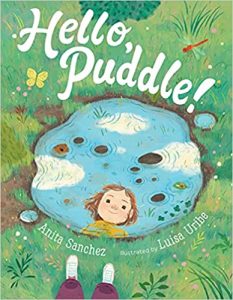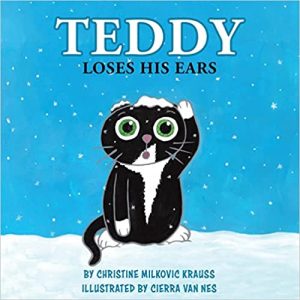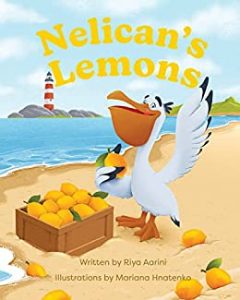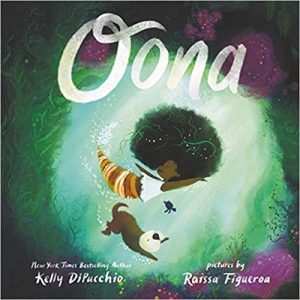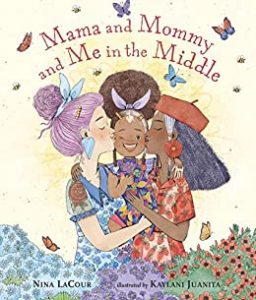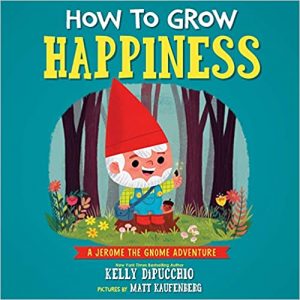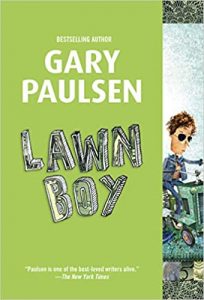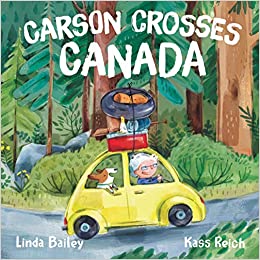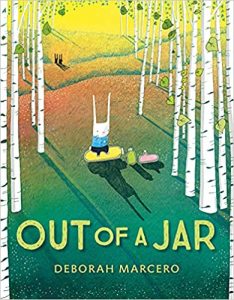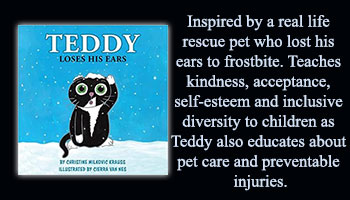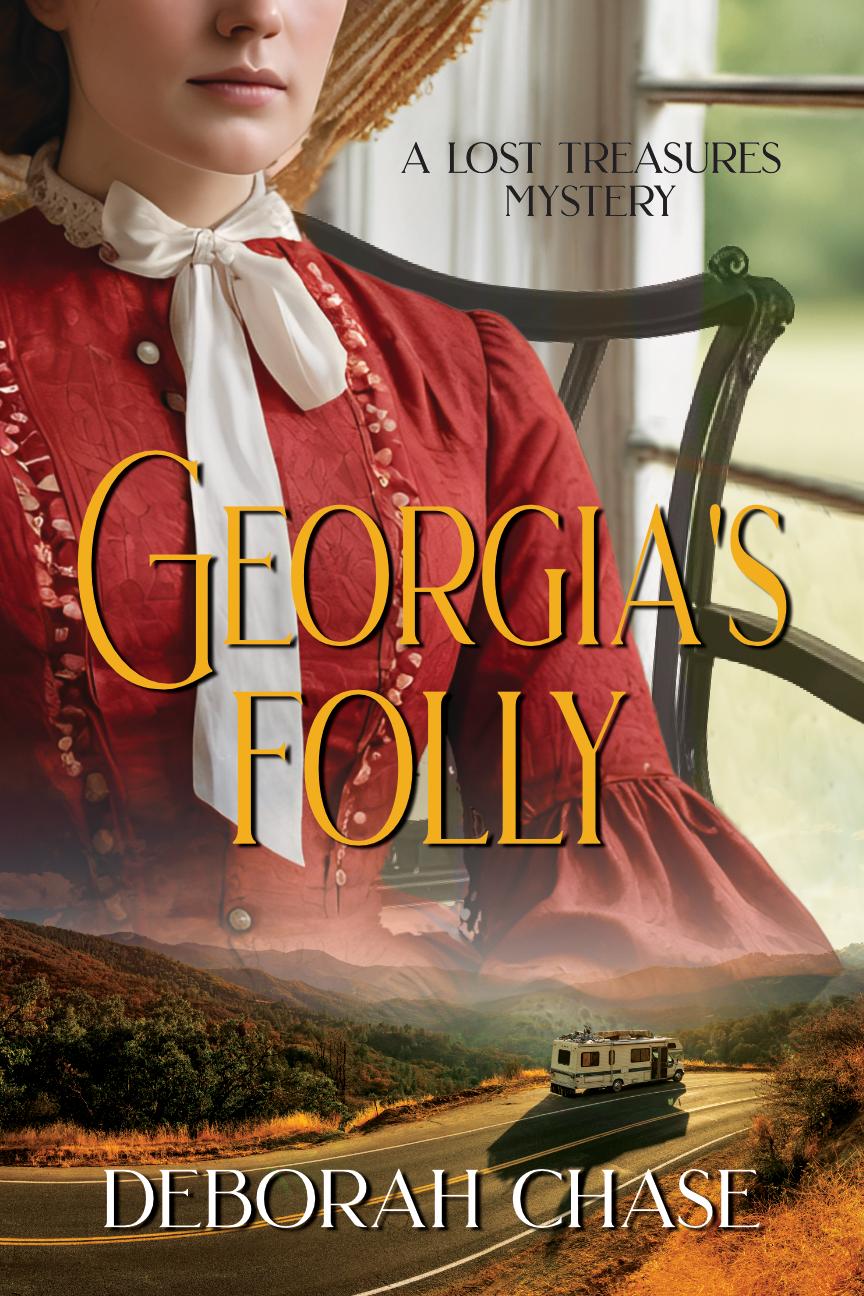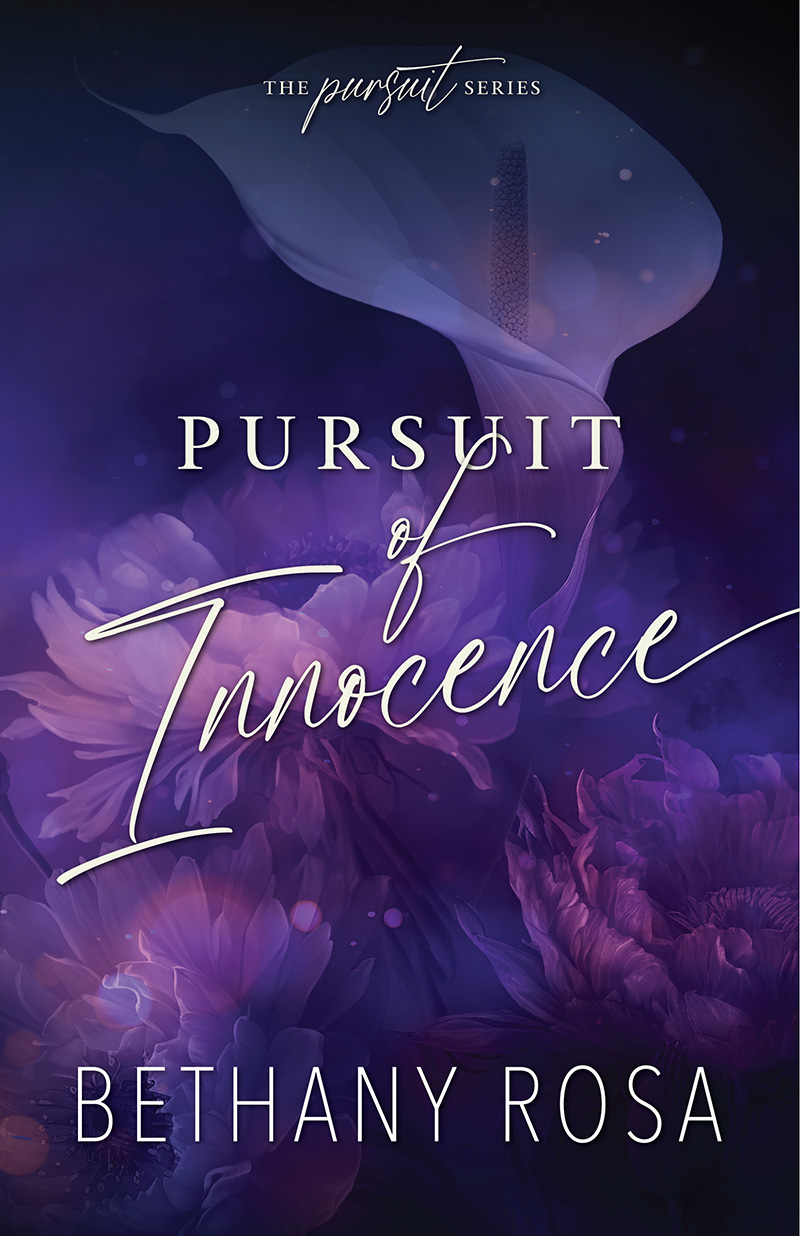Hello, Puddle! by Anita Sanchez
Publisher: Clarion Books
Genre: Children’s (0 – 6 y.o.), Non-Fiction, Contemporary
Rating: 4 Stars
Reviewed by AstilbeA nonfiction picture book exploring a deceptively simple but unexpectedly crucial resource for wildlife: puddles! This lyrical, gorgeously illustrated nonfiction picture book is perfect for young science learners and nature lovers.
Hello, puddle! Who’s here?
A normal everyday puddle may not seem very special. But for a mother turtle, it might be the perfect place to lay her eggs. For a squirrel, it might be the only spot to cool off and get a drink when the sun is shining down in July. And for any child, it can be a window into the elegant, complex natural world right outside their window.
With lush, playful illustrations and fun facts about the animals featured, Hello, Puddle! is a joyful celebration of the remarkable in the ordinary, and the importance of even the most humble places in fostering life.
Nature is filled with marvelous things.
This was a detailed introduction to the wide variety of plants and animals that rely on puddles for food, shelter, cooling baths on a hot day, and, of course, fresh water to drink. No one species dominated the plot, so it would be quite easy to use this as a jumping-off point to explore anything from how tadpoles turn into frogs to how seedlings grow to why bats are such an important part of the ecosystem. I thought this was a brilliant way to encourage young children to be curious about the world around them and have some idea of which plants or animals they might want to explore in depth in the future.
While puddles definitely aren’t as active in the winter, I did find myself wishing that Ms. Sanchez had dedicated an extra page or two to what happens in them during that season since she spent so much time discussing spring, summer, and autumn. After all, puddles do sometimes melt during the winter. This was a minor disappointment, and it could be easily remedied by a little research online or at the local library for readers who want to learn more. If all four seasons had been discussed, I would have eagerly given this a five-star rating.
It was refreshing to find a nature book that was accessible to so many different types of people. Puddles form in cities, suburbs, and small towns just like they do in the middle of the woods, and the text supported that fact. They can be observed by folks from a wide variety of backgrounds, too. One doesn’t need to run fast, spend money, listen closely, or carry any special equipment to observe what’s happening in them. This is a fantastic way to introduce kids to nature at story time, especially for families who have tight budgets, special needs, or other circumstances that might make wandering around out in the middle of nowhere difficult for them.
Hello, Puddle! offered an intriguing and educational glimpse into the sort of natural habitat that nearly everyone can find somewhere in their own neighborhood.
